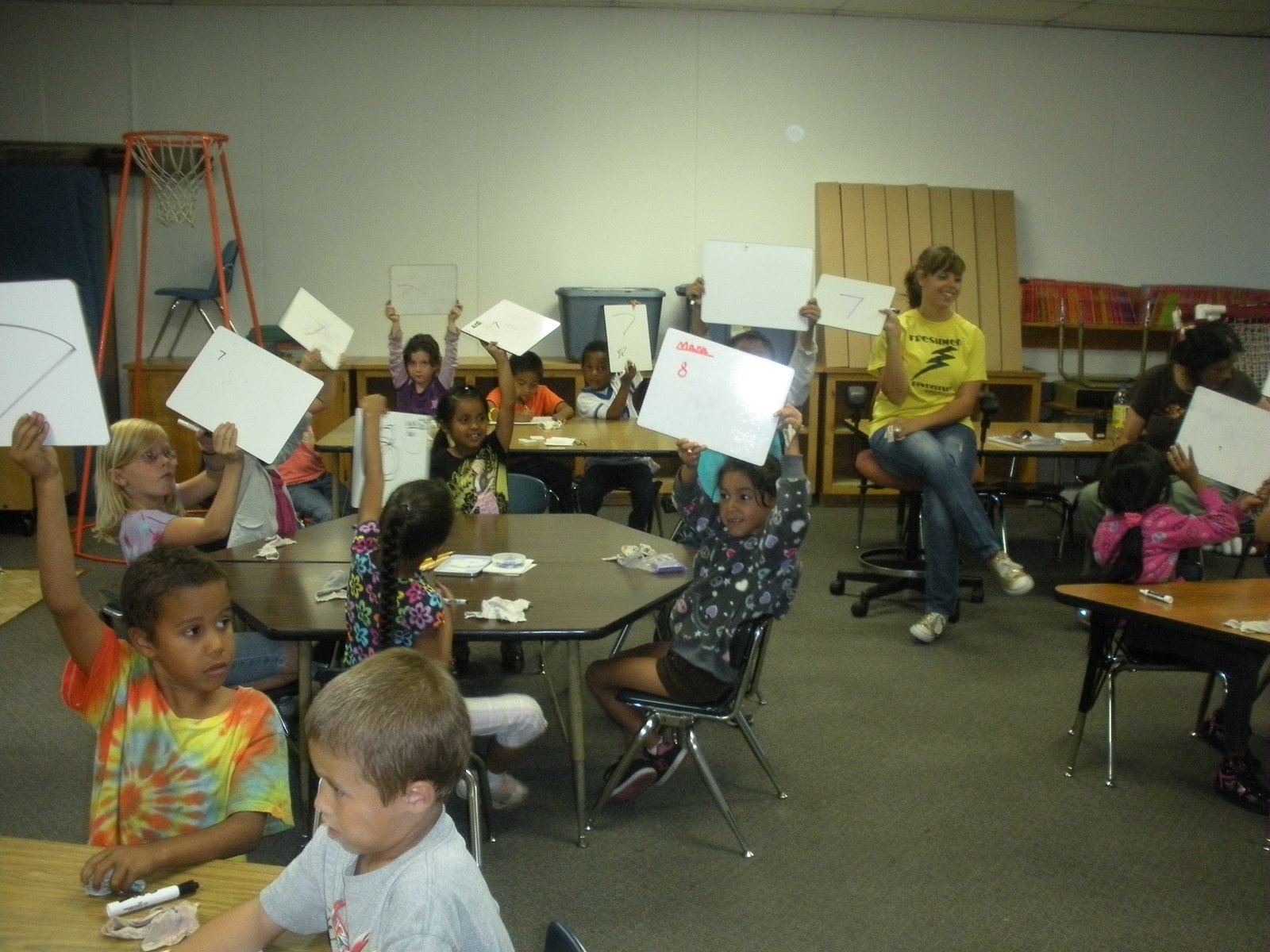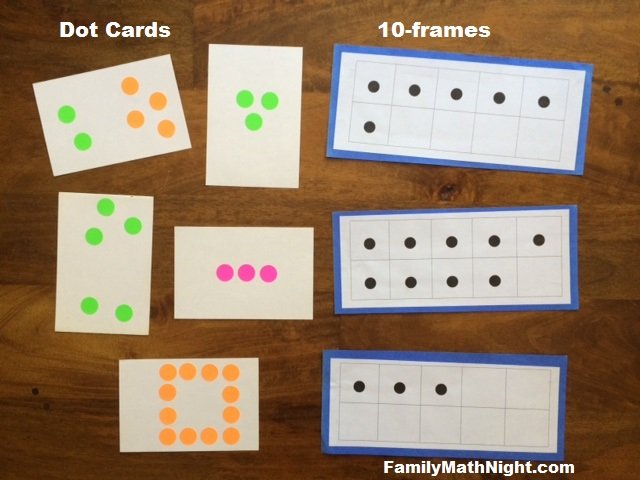Subitizing: Developing Number Sense in K-2
I recently had a conversation with a friend about different ways to get her second graders to learn their addition and subtraction facts. She was looking for alternatives to flashcards. So I shared with her something I do with K-2 students called subitizing. Subitizing is being able to quickly recognize the number of objects in a small set without needing to count any of the objects. Think about rolling a die. When that die settles, a quick glance tells you exactly what number you rolled. There’s no counting of pips involved.
But that isn’t the case for our younger students. Developmentally they still need to count those pips. Over time they’ll begin to internalize the patterns and solidify concepts like conservation, cardinality, and part-part-whole relationships (composing and decomposing numbers) – each one so important to building number sense. My favorite part, though, is when the patterns become automatic and students begin to use the strategy of counting on. This strategy will help them when they begin to learn their addition and subtraction facts which brings me back to my friend.
A super fun way to help second graders solidify their facts is by using dominoes and the doc camera (or overhead projector). Have your students get out their individual white boards and markers. Tell them you’re going to flash a domino on the screen and their job is to figure out how many total pips they see then write the number on their board. Start with a super easy domino – maybe one pip on one side and two pips on the other. Flash the domino on the screen for two seconds. Give students a moment to write the total on their boards then have them hold up their boards so you can quickly see who got it.* Try another one. As students get familiar with the game, flash the domino for one second only.
See what’s happening? They’re subitizing! As you flash the domino, their brain is quickly recognizing the pip patterns, turning those patterns into quantities and combining them together! Love it!
Below is a photo of first graders I was working with when we played this “game”. They absolutely loved it!
As a variation, you can have students add ‘1’ to the total number of pips flashed. So if you flash a domino with 5 total pips, they record ‘6’ since 5 + 1 = 6. At a little higher level, students find the difference between the two sides. Now they’re practicing subtraction. For example, if there are 6 pips on one side and 2 pips on the other, they would record ‘4’ on their boards since 6 – 2 = 4.
If you’re working with younger students start by flashing one die. As you flash the die, students will learn to quickly recognize and connect the pip patterns to the quantity. Again have the students record the number on their white boards. Provide students with a counting strip like the one below which we include in our Nifty Numbers kit for those students who need the support.
The ability to subitize is so foundational to success in mathematics that we need to provide our students with many ways to practice this skill. In addition to dice and dominoes on the doc camera, dot-pattern cards and 10-frames work, as well. You can see some examples in the photo below. Notice how some of the dots do not make familiar patterns. Having different arrangements for the same number will help students learn that numbers can be composed and decomposed in a variety of ways.
Notice also how some dot cards can be made up of two colors. In the beginning, this can help students see those different number combinations more easily. To increase the difficulty level when using 10-frames, use two 10-frames at the same time.
If you’d like additional tips on using subitizing activities in your classroom, here is a short video I put together:
Opportunities to subitize is so important in creating a strong mathematical foundation that we included it in our Nifty Numbers, Make-N-Take and Play-N-Take Family Math Night kits.


